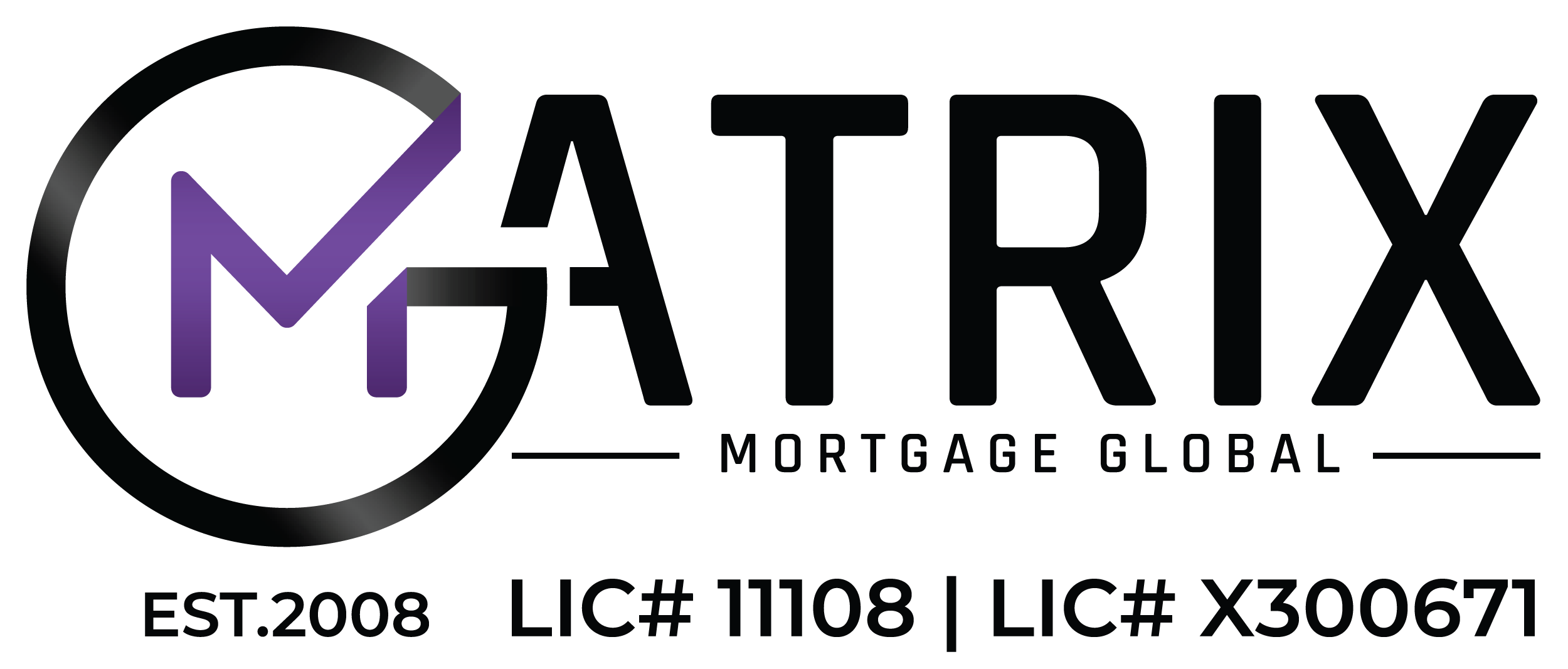
Loans to Pay Off CRA Debt
It’s almost that time of year again. Tax time! If you expect to get a refund from Canada Revenue Agency, you may be excited about tax time. If you know you are going to have to pay taxes, you are probably less excited. And if you are worried that you will not be able to pay your taxes – or perhaps you even still owe taxes from previous years, this is a time of year that you may be dreading.
In many respects, CRA debts are more serious than other types of debtors. That’s because CRA has more authority than other creditors in terms of what it can do to collect. In extreme cases, CRA can freeze your bank accounts or garnish your wages until the debt is paid with interest and penalties. But you don’t have to let it get that far. As long as you show a willingness to pay, you can usually work out a payment plan with a CRA agent to get yourself caught up.
But what if you want to pay your CRA debts off all at once so that you can stop dealing with CRA on this matter altogether? You might be able to get a loan to pay off your debts. Just make sure that you are working with a reputable lender and that the interest rate on your loan is less than what you would otherwise have to pay to CRA.
There are various types of loans that you can get to help you pay off your CRA debt. The two broadest categories are unsecured loans and secured loans.
Let’s take a look at unsecured loans first.
An unsecured loan is a loan that is not tied to any collateral. Examples of unsecured loans include credit cards and personal lines of credit. The two main problems with unsecured loans is that they are more difficult to get if you don’t have good credit, and they tend to come with higher interest rates than secured loans.
If you choose to get an unsecured loan to help you pay off your CRA debt, it is vital that you work with a broker you can trust who can run the calculations for you and show you the differences in using the loan to pay off your debt vs. working out a payment plan with CRA.
Now let’s look at secured loans.
A secured loan is a loan that is tied to collateral. The collateral could be anything that the lender agrees to including business assets and life insurance policies. But for the purpose of this article, we are only going to discuss the most common collateral that lenders use – your home. Or more accurately, your home equity.
Your home equity is the current value of your home minus what you owe on it. Most lenders will let you borrow up to 80% of your home equity. That means that if you have a home that is worth $500,000 and you still owe $300,000 on it, your home equity is $200,000 and most lenders will allow you to borrow up to $160,000 against your home.
There are three main types of loans that you can get against your home equity, any of which can help you pay off your CRA debts. These three types of loans are mortgage refinancing, second mortgages, and home equity lines of credit. The type of loan that is best for you will depend on a number of factors and it’s important to work with a qualified mortgage broker who can help you choose the best option.
Let’s take a look at each option one by one.
Mortgage Refinancing
In order to refinance your mortgage, you need to break your current mortgage and get a new one. Sometimes people do this in order to get a lower interest rate. Other times, they do this to pay off debt. When a homeowner refinances their mortgage in order to pay off debt, the new mortgage is for the amount of their current mortgage plus the amount of debt they owe. This additional amount (borrowed from their home equity) is given to them in cash so that they can pay off their other debtors.
The main advantage of using a mortgage refinance to pay off debt is that the interest rate is usually much lower, so even though refinancing in itself did not lower their total debt, by lowering their interest rate it has enabled them to pay off their debt more quickly.
The main drawback of mortgage refinancing is that because you have to break your first mortgage, there will likely be a financial penalty for doing so. Your mortgage broker can help you determine if paying that penalty is worth it in light of how much interest you’ll be saving on debt payments.
Second Mortgages
If the penalty that you would need to pay on mortgage refinancing is too high to make that option an attractive one, another type of loan you might consider to pay off your CRA debts is a second mortgage. A second mortgage is simply a loan against the equity in your home. Unlike mortgage refinancing, you do not have to break your first mortgage but instead, you carry two mortgages at the same time – thus the term “second mortgage”.
Lenders generally consider second mortgages to be riskier investments than first mortgages and as a result, if you choose this option your interest rate will probably be higher than a refinance. But you won’t have to pay a financial penalty, so even with the higher interest rate, it will be a better option for some homeowners.
Choosing between a mortgage refinance and a second mortgage
Choosing between a mortgage refinance and a second mortgage in most cases is a simple matter of choosing the option that is more affordable. With a mortgage refinance you will pay lower interest than a second mortgage but you will pay a financial penalty for breaking your first mortgage. Usually, the closer you are to your mortgage renewal date, the lower that penalty will be. So mortgage refinancing is usually the better option for homeowners who are close to their renewal dates, while second mortgages tend to be the more affordable option for homeowners who are not very close to their renewal dates.
The good news is that you do not have to do these calculations yourself to determine the best option. Your mortgage broker can do them for you.
Home Equity Lines of Credit
One option that we have not discussed yet is a Home Equity Line of Credit (HELOC), this is a revolving line of credit that works in a similar way to a credit card but it has a lower interest rate since you are using your home equity as collateral. With a HELOC, you have the ability to borrow as often as you wish as long as you never exceed the approved limit.
HELOCs are generally not recommended for paying off one time CRA debts, but if you are someone who needs to borrow on a regular basis – and can do so responsibly – they might be an option worth considering.
Call Matrix Mortgage Global today!
If you have CRA debt, we can help. Contact us today to set up an appointment with one of our brokers to review your options.

